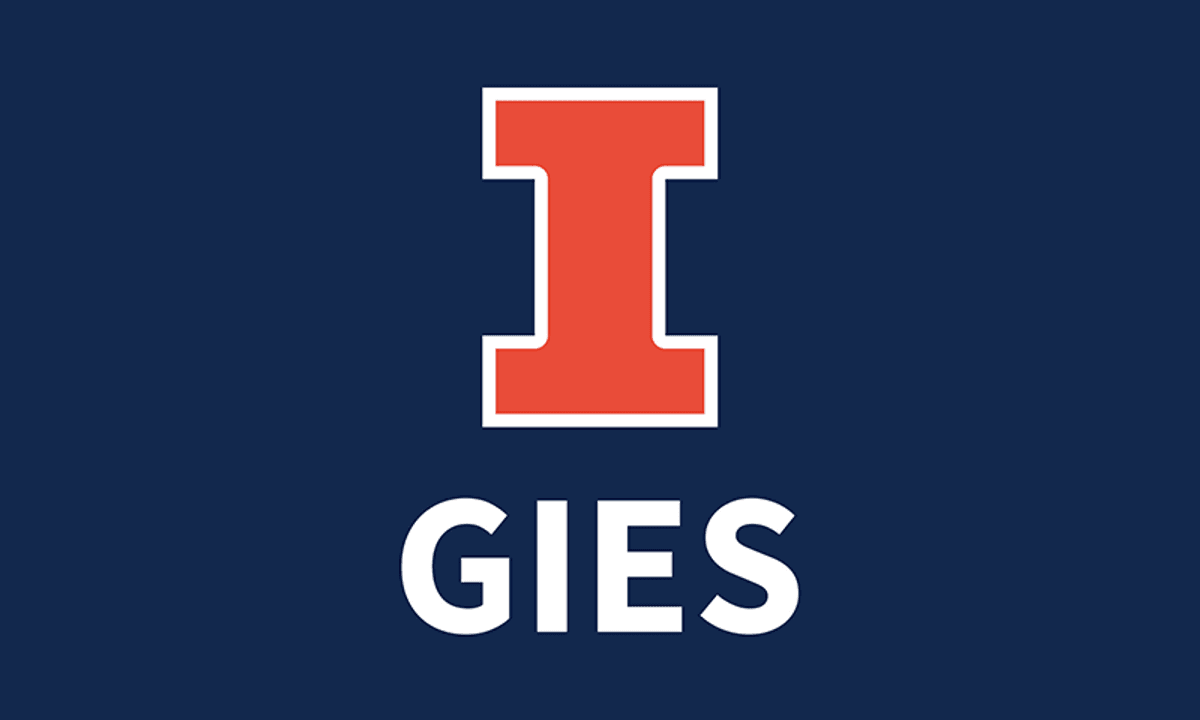Acerca de este curso
- Course Orientation
- In this module, you will become familiar with the course, your instructor, your classmates, and your learning environment. This orientation will also help you obtain the technical skills required to navigate and be successful in this course.
- Module 1: Introduction to Financial Accounting Terminology
- Accounting is the language of business. Managers communicate results of operations within a firm through accounting to various financial information users including investors and creditors. The main purpose of this module is to familiarize you with technical terms in financial accounting such as debit, credit, and T-account.
- Module 2: Formal Financial Accounting for Assets
- One of the major components of a balance sheet is assets. Accounts receivables, inventories, and plant, property, and equipment constitute a major part of the assets. Understanding accounting for these accounts will help you uncover how these accounts change over time, their valuation, and their usefulness in managerial decision making.
- Module 3: Formal Financial Accounting for Liabilities and Shareholders’ Equity
- The major sources of financing for many firms are liabilities and equity. Firms routinely finance their operations through various liabilities including accounts payables, bank loans, and bonds. They also raise funds from their investors through IPOs and SEOs. Finally, retained earnings (earnings earned but not distributed to investors) constitute a significant source of financing. Accounting for liabilities and shareholders’ equity will help you understand how formal financial accounting for liabilities and shareholders’ equity accounts are conducted.
- Module 4: Applications of Formal Financial Accounting
- The accounting cycle starts with financial transactions, and continues with journalizing these transactions and posting the journal entries on the ledger. At the end of the year, the trial balance is prepared. The final step is to prepare financial statements from trial balance numbers. This module will go over a comprehensive exercise, which will track the accounting cycle of a firm from its establishment until its fiscal year-end financial statements.
Cursos relacionados

GRATIS Aprendiendo a aprender: Poderosas herramientas mentales…
Deep teaching solutions
Español

GRATIS Programación para todos (Introducción a Python)
University of Michigan
Inglés

GRATIS The Science of Well-Being
Yale
Inglés

GRATIS Negociación exitosa: Estrategias y habilidades esenciales
University of Michigan
Inglés

GRATIS Primeros Auxilios Psicológicos (PAP)
Universitat Autónoma de Barcelona
Español



